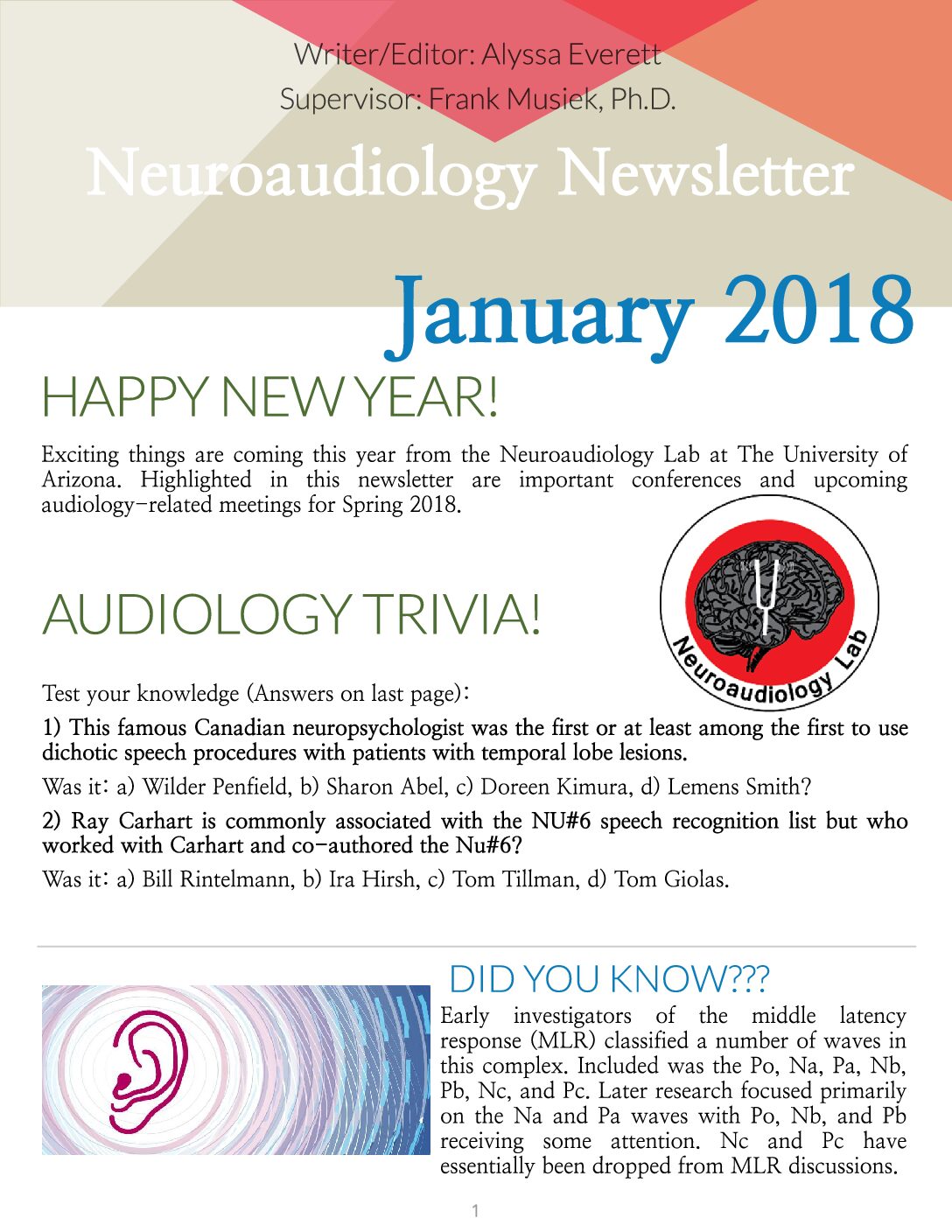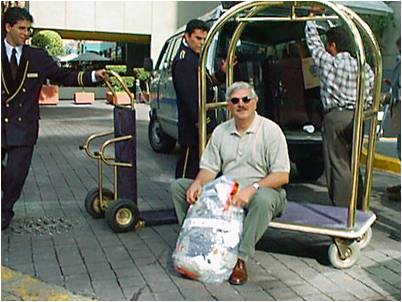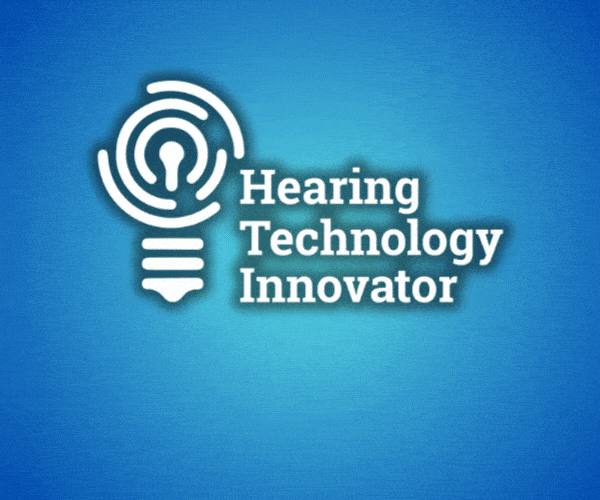Oct. 21, 2011
This just in, as an addendum to this week’s post on AARP-HearUSA! Some of the 6,000,000 AARP members in need of hearing help — previously feared missing — have been found attending the recent AARP convention in Los Angeles. As predicted by HearUSA, they stood in line to have their hearing checked — at least 12 of them did. Not














